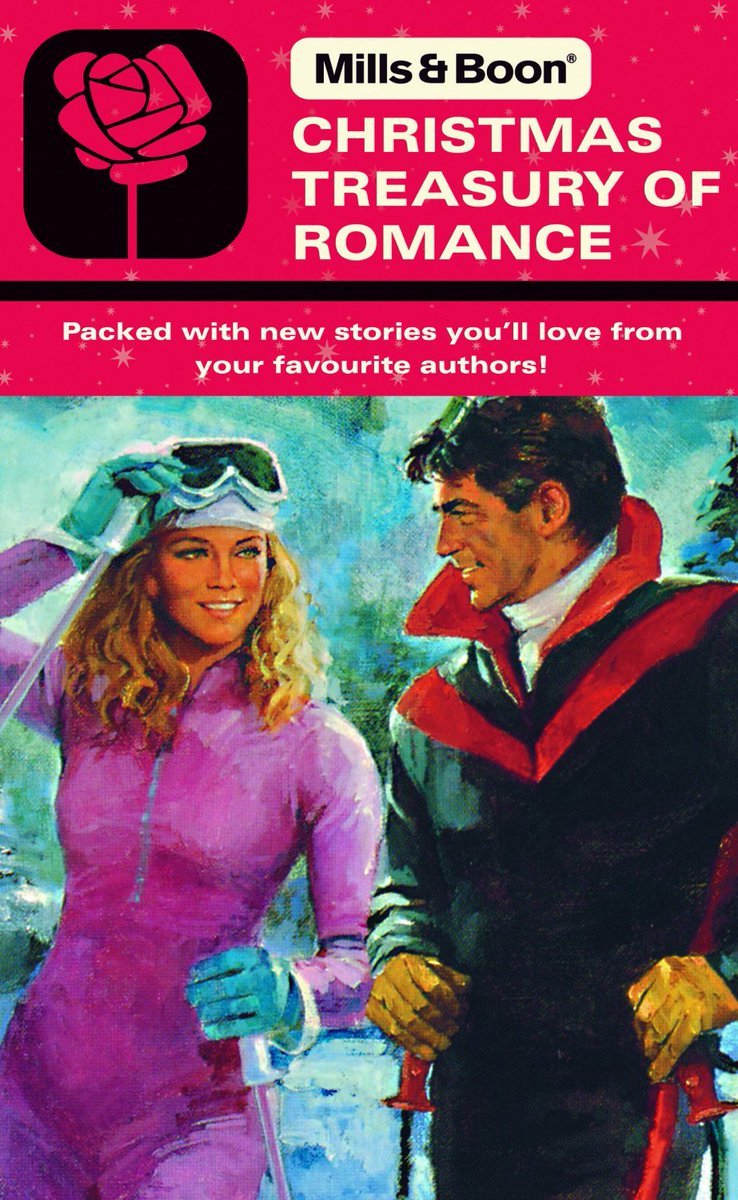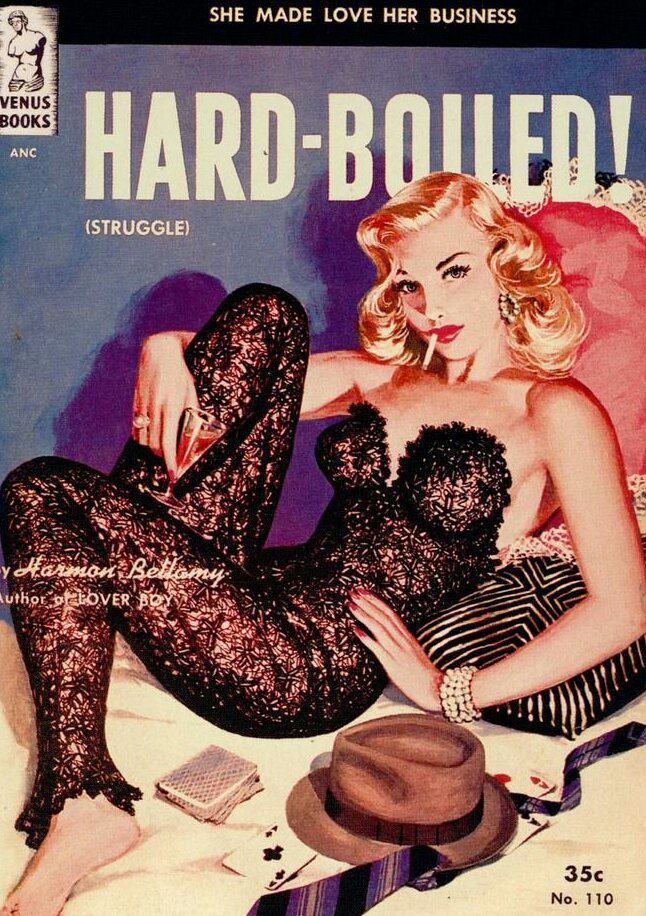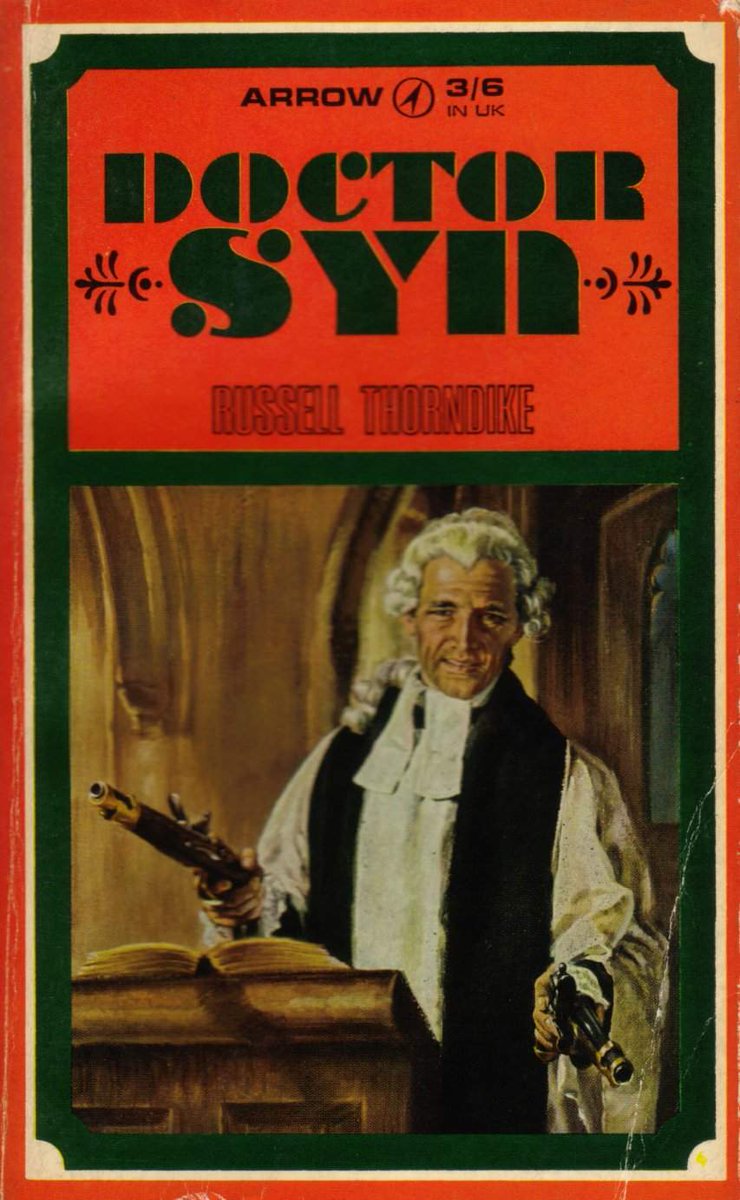Many readers have asked me "why do so many pulp covers feature women in ripped red blouses standing in swamps while a man who looks a bit like David Bowie fights off an unusual animal attack?"
The answer is pulp artist Wil Hulsey...
The answer is pulp artist Wil Hulsey...

Wilbur "Wil" Hulsey was the undisputed king of the animal attack pulp cover. You name it, he'd paint it attacking you in a pool of stagnant water. 

Very little is known about Wil Hulsey, but he worked on a number of men's pulp magazines in the 1950s and early 1960s including Man's Life, True Men, Guilty, Trapped and Peril. 

Their audience for these was ex-GIs: during WWII the US Council of Books in Wartime had given away over 122 million books to American servicemen to read. This led to a post-war surge in paperback and magazine sales amongst these newly enthusiastic readers. 

As a result the 1950s saw a raft of men's pulp magazines being published to tap into this market - almost 200 different titles! 

For some reason the most popular types of story in the late 1950s were tales of men surviving attacks by vicious animals - the more unusual the better. Many pulp artists did their best to paint them. 

But painting magazine covers is hard work, especially at speed, so many artists worked to a formula - often set out by the publisher. Wil Hulsey certainly perfected his. 

The main male character in a Hulsey cover generally looks a bit like David Bowie. Artists would often use photos of the same model for various covers and the 'Bowie' model clearly worked for Wil. 

Next there would be a woman in a button-popping ripped red blouse. Bright red, like bright yellow, is a stand-out colour which is eye-catching on a cover - especially if you're not sure how the blouse is staying on. 

But why are they always in a swamp? Well, if you want the head and arms to be in the centre of the cover you have to lose the legs. Water, or long grass, is an easy way to do that, or you can paint people crouching. 

There is a huge amount of male masochism in 1950s and early '60s pulp covers: men are trapped or bound, being flogged, eaten or bitten. The message seems to be 'real men can take it - and live to tell the tale!' 

But by the early 1960s pulp tastes had changed, and animal attack covers gave way to violent war stories. By the end of the 1960s they were replaced by tales of bikers in leather jackets and hopped-up radical students running amok.
It just wasn't Wil's bag...
It just wasn't Wil's bag...

By 1973 the men's pulp magazine market was almost out of business: softcore titillation and physical fitness magazines were selling far more copies, and the days of the painted pulp cover were over. 

So let's hear it for pulp artist Wil Hulsey. He could only draw one thing. But it was a great thing! And he drew it!!
Pulp salutes you Wil...
Pulp salutes you Wil...

• • •
Missing some Tweet in this thread? You can try to
force a refresh























